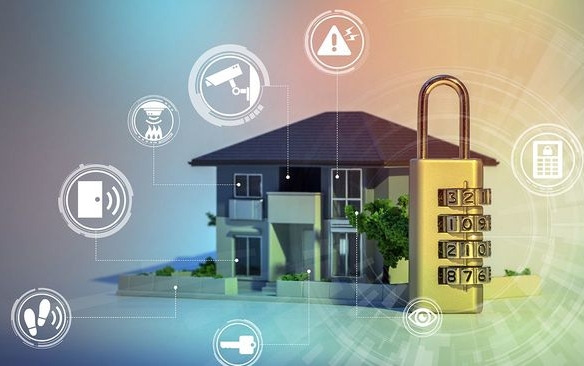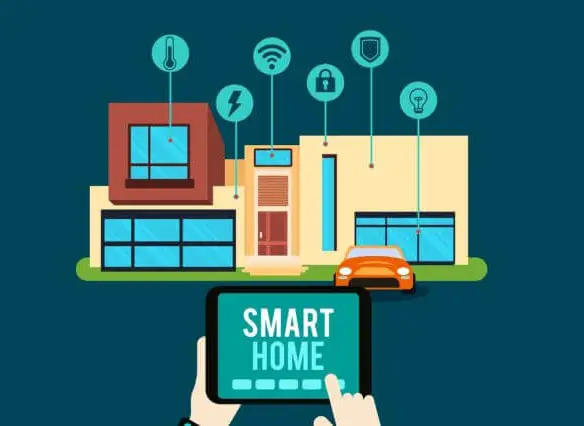The modern-day homes are well-equipped with all the latest technologies such as smart electronic gadgets, smart refrigerators, smart TVs and various other things that are vulnerable to hacking attempts. Here’s a piece on the future of smart homes. Americans are not new to smart home hacking and the constantly rising number of such cyberattacks are giving sleepless nights to smart home owners everywhere.
Gone are the times when burglars used to smash windows and/or doors, making their way inside homes through the back entry points. The new age technologies have made burgling attempts fairly easier. Smart doors can be easily opened through hacked passwords. In fact, once hackers know the password to a smart home, they can literally access anything and everything connected in that home. Cameras can be accessed and the residents’ activities can be spied upon to get a better idea about their day-to-day movements. Hence it’s very important for anyone who has a smart home to protect his/her smart gadgets with the help of some efficient antivirus software (you can find the review of one such software by clicking the link).
The smart devices in these smart homes are usually accessed and operated through their respective applications and websites. It is important for homeowners to be thoroughly aware of the potential hacking risks in order to protect their computers, phones and electric appliances.
Following are some useful ways in which you can effectively protect your smart home
Anti-malware installation
It’s important to install anti-malware software on the phones and computers that regularly access and use the home appliances. Creating a security layer with the help of an antivirus helps users identify and get rid of malware from their appliances. Firewall usage can help them decide which all applications must be allowed to run on their phone and/or computer. Hence the user would be intimated if there is any malware interference on the network and/or device.
Regular security updates
A large number of users don’t update their operating systems despite being reminded and prompted over and over again. Running outdated software gives hackers an opportunity to launch malware attacks on a system. It’s important for the software running the smart devices to be updated automatically and regularly.
Multifactor authentication
Implementing multifactor authentication (for instance using a one-time password or OTP) can go a long way in ensuring that no unauthorised person accesses the smart home devices. You can even make use of biometric options for authentication purposes, for instance usage of thumbprint to access the concerned appliance. Multifactor authentication significantly strengthens the security layering as even when the password is compromised, the access might be prevented because of the other authentication factors.
Avoid the usage of default login credentials
Majority of the smart devices have their own default login credentials. It is highly recommended that the user doesn’t use the same default username and password for day-to-day operation of a particular device, as hackers can often easily unlock such passwords, and victimise the users. Frequent changing of the passwords, and keeping them as random combinations of text and numerals can keep users at a safe distance from such hackers.




